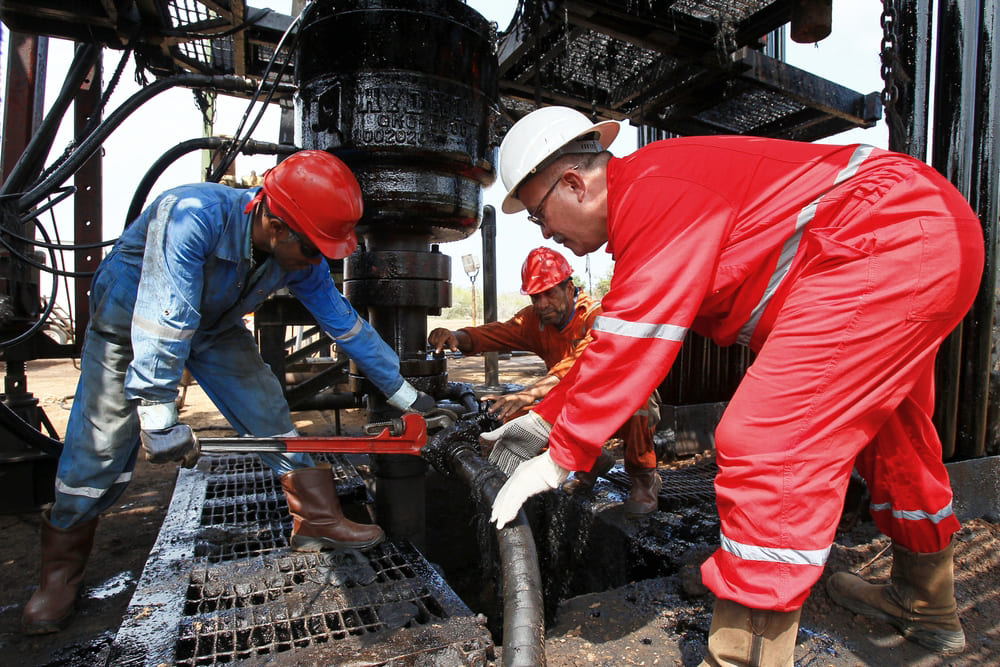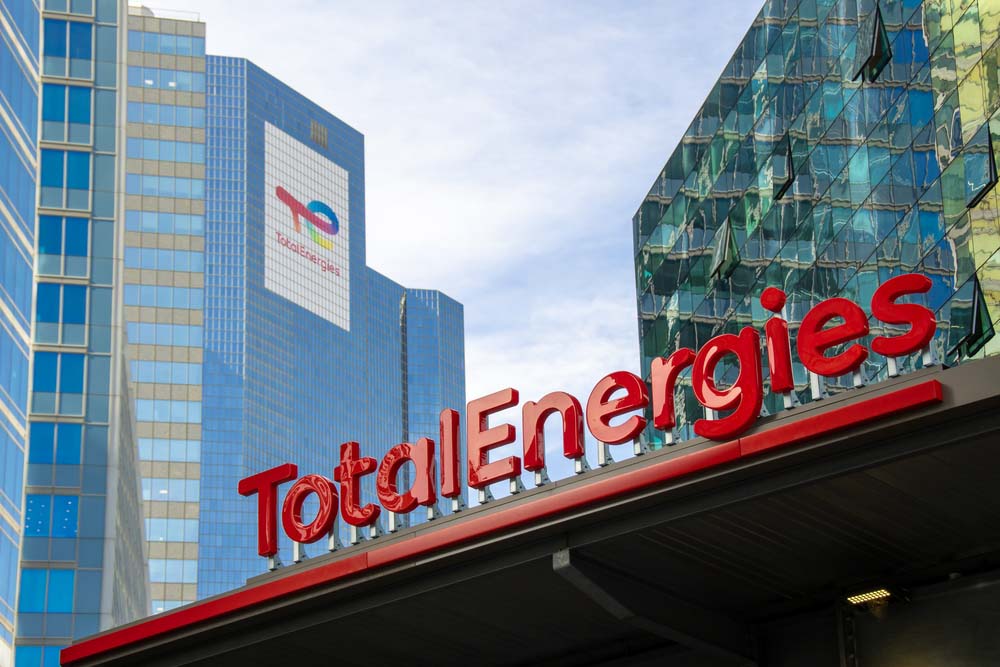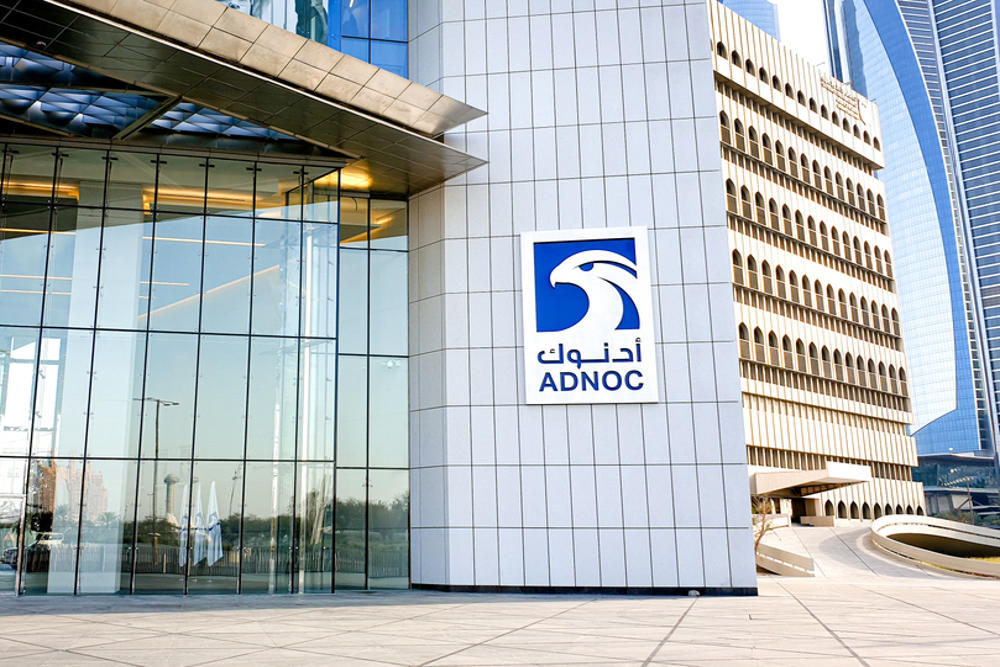
New hydrocarbon research contradicts conventional wisdom about how methane is trapped in rock, and outlines a new strategy to more easily access the valuable energy resource.
Hongwu Xu, an author from Los Alamos National Laboratory’s Earth and Environmental Sciences Division, detailed that the most challenging issue facing the shale energy industry is the very low hydrocarbon recovery rates: less than 10 per cent for oil and 20 per cent for gas.
“Our study yielded new insights into the fundamental mechanisms governing hydrocarbon transport within shale nanopores,” he shared.
“The results will ultimately help develop better pressure management strategies for enhancing unconventional hydrocarbon recovery.”
Most of the United States’ natural gas is hidden deep within shale reservoirs. Low shale porosity and permeability make recovering natural gas in tight reservoirs challenging, especially in the late stage of well life.
The pores are minuscule – typically less than five nanometres – and poorly understood.
Understanding the hydrocarbon retention mechanisms deep underground is critical to increase methane recovering efficiency.
Pressure management is a cheap and effective tool available to control production efficiency that can be readily adjusted during well operation – but the study’s multi-institution research team discovered a trade-off.
This team, including the lead author, Chelsea Neil, also of Los Alamos, integrated molecular dynamics simulations with novel in situ high-pressure small-angle neutron scattering (SANS) to examine methane behaviour in Marcellus shale in the Appalachian basin, the United States’ largest natural gas field, to better understand gas transport and recovery as pressure is modified to extract the gas.
The investigation focused on interactions between methane and the organic content (kerogen) in rock that stores a majority of hydrocarbons.
The study’s findings indicate that while high pressures are beneficial for methane recovery from larger pores, dense gas is trapped in smaller, common shale nanopores due to kerogen deformation.
For the first time, they present experimental evidence that this deformation exists and proposed a methane-releasing pressure range that significantly impacts methane recovery.
These insights help optimise strategies to boost natural gas production as well as better understand fluid mechanics.
Methane behaviour was compared during two pressure cycles with peak pressures of 3000 psi and 6000 psi, as it was previously believed that increasing pressure from injected fluids into fractures would increase gas recovery.
The research team discovered that unexpected methane behaviour occurs in very small but prevalent nanopores in the kerogen: the pore uptake of methane was elastic up to the lower peak pressure, but became plastic and irreversible at 6,000 psi, trapping dense methane clusters that developed in the sub-2 nanometre pore, which encompass 90 per cent of the measured shale porosity.
Led by Los Alamos, the multi-institution study was published in Nature’s new Communications Earth & Environment journal last week.
Partners include the New Mexico Consortium, University of Maryland, and the National Institute of Standards and Technology Center for Neutron Research.
The work was supported by the Department of Energy’s Office of Fossil Energy, the National Energy Technology Laboratory and the Los Alamos National Laboratory Directed Research and Development (LDRD) program.
The paper: “Reduced methane recovery at high pressure due to methane trapping in shale nanopores”; Chelsea W. Neil, Mohamed Mehana, Rex P. Hjelm, Marilyn E. Hawley, Erik B. Watkins, Yimin Mao, Hari Viswanathan, Qinjun Kang, and Hongwu Xu; Communications Earth & Environment; DOI: https://doi.org/10.1038/s43247-020-00047-w







